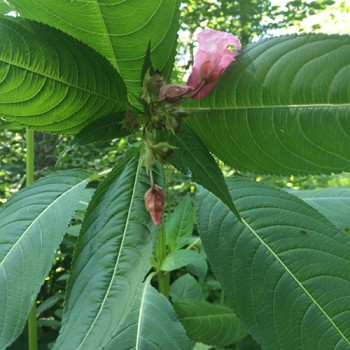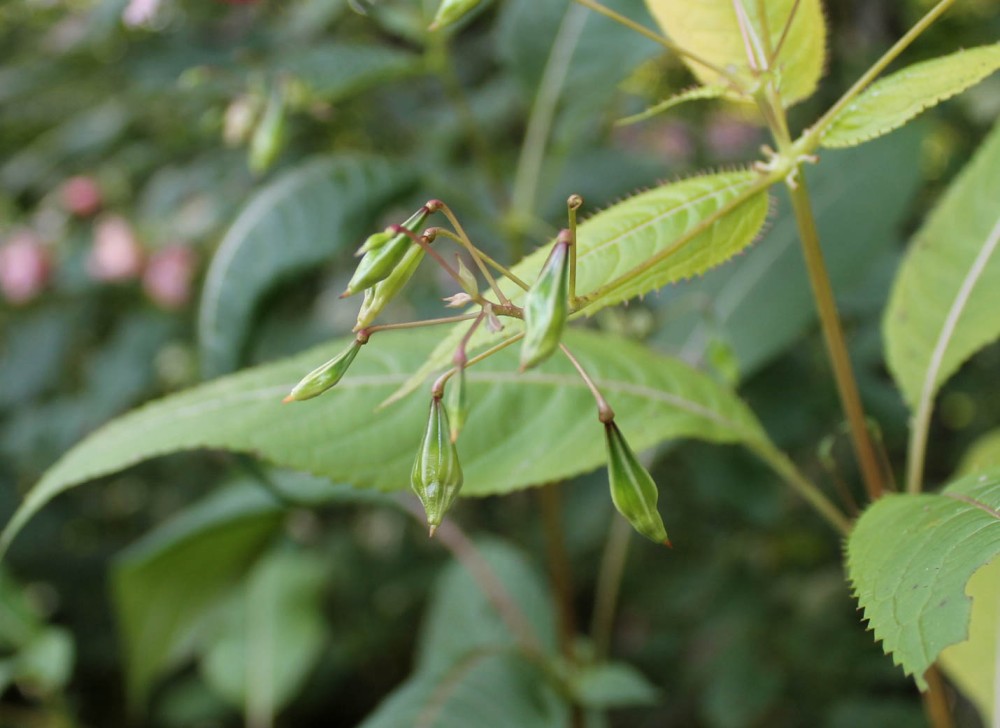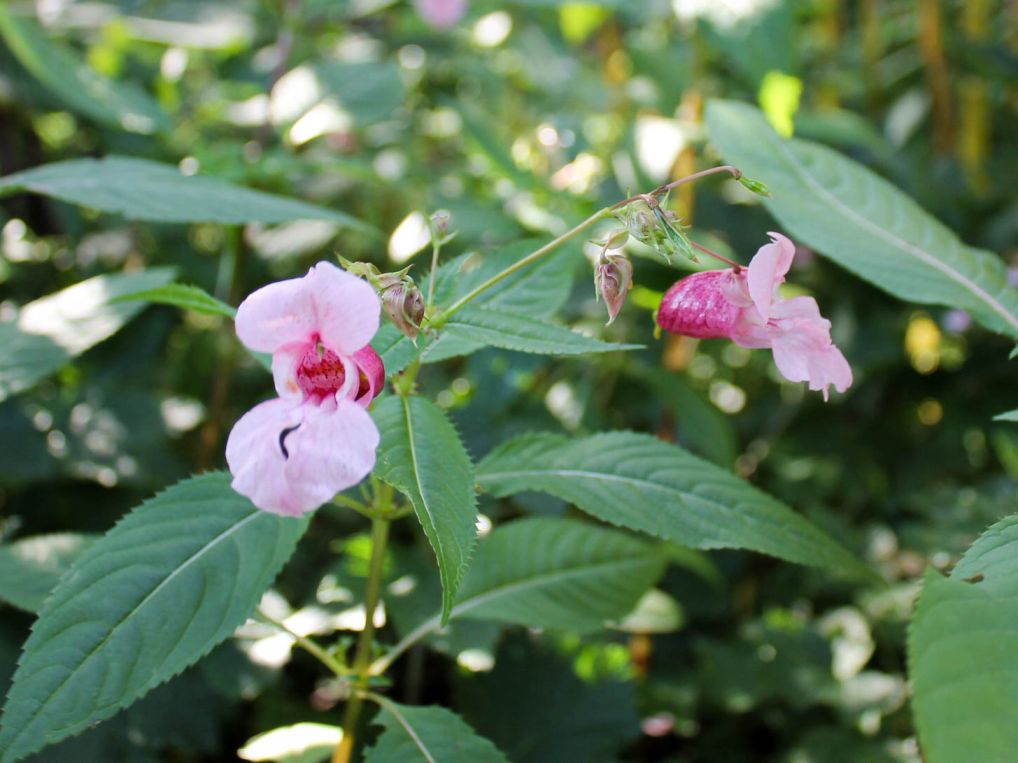With their profuse blooms in shades of pink, red, purple and white, balsam plants have long been prized by gardeners But where did these beloved annuals come from? Tracing the roots of the balsam reveals an intriguing history.
Native Origins in Asia
Balsam plants (Impatiens balsamina) are native to southern and eastern Asia, particularly China India Indonesia, Malaysia and Bhutan. References to cultivation in China date back thousands of years. During the Tang Dynasty (618-907 AD), balsams were popular in ornate imperial gardens.
Wild balsam varieties still grow across parts of this native Asian range today. However, centuries of breeding have produced the myriad vibrant hybrids enjoyed in gardens worldwide.
Although an ancient Asian native, balsams became known in Europe during the 16th century. The first documented appearance was in Germany in 1557. Botanists believe Portuguese traders returning from Asia likely transported seeds or specimens back to Europe.
Once introduced, balsams were prized for their novelty and quickly gained popularity across Europe. By the late 1500s, they were being grown in English gardens. Nicknames like ladies’ slipper and touch-me-not hint at their delicate beauty.
Arrival in North America
It didn’t take long for balsams to make their way across the Atlantic along with European colonists in the 17th and 18th centuries Letters and gardening records show they were established in colonial gardens by the mid-1700s
Thomas Jefferson grew balsams at Monticello. They were also popular in early American seed catalogs and books, mentioned alongside favorites like phlox, marigolds and pinks.
Victorian Era Popularity
During the Victorian era, balsams rose to great prominence, grown by the thousands in well-tended flower gardens. Their plentiful blooms and convenient growing habits made them icons of 19th century cottage gardens.
New varieties were eagerly sought after by both amateur gardeners and prominent nurserymen. In 1863, the first double balsam was introduced, sparking great excitement.
Breeding Novel Varieties
Once balsams arrived in Europe and America, professional and amateur plant breeders set to work developing improved varieties by methodically selecting flowers with desired traits.
Some key introductions that expanded diversity include:
-
Double balsams – Mid-1800s, with a full camellia-like form
-
Dwarf balsams – Compact 10-inch varieties perfect for containers, window boxes and edging
-
Bush balsams – Branched, bushy 18-inch plants smothered in blooms
-
Mixes – Blends of multiple colors like rose, white, red, pink, and purple
Temporary Decline in Popularity
By the early 20th century, balsams had fallen out of favor compared to in Victorian times. Streamlined gardens focused more on structure and foliage plants. Seed catalogs carried fewer and fewer balsam varieties.
However, they did remain present in smaller home gardens into the 1950s, often grown from saved seeds passed down through generations.
Rediscovery by Heirloom Gardeners
Balsams may have faded from mainstream catalogs and nurseries, but they were not forgotten. Starting in the 1970s, heirloom gardeners led a rediscovery and revival of this vintage annual.
Aficionados sought out surviving antique varieties from seed banks and fellow collectors. Balsams were exhibited at heritage flower shows and

Himalayan Balsam (Impatiens glandulifera)French common name: Balsamine de l’Himalaya

Himalayan balsam is an invasive herbaceous plant that was initially introduced to North America as a garden ornamental.

When seed capsules mature and dry, they will explode when touched, shooting seeds in all directions!

Himalayan balsam flowers have a hooded shape that looks similar to a policemans helmet.
Order: EricalesFamily: Balsaminaceae
Did you know? Himalayan balsam closely resembles native jewelweed, another type of ‘touch-me-not’ plant.
Himalayan balsam is an invasive herbaceous plant that was initially introduced to North America as a garden ornamental. Himalayan balsam is widely distributed across Canada and can be found in eight provinces. Annual reproduction of this plant occurs in the summer, when the flowers are pollinated by insects. The insects may transfer pollen between flowers of conspecifics or from the same plant. Himalayan balsam typically grows to 1-3 m in height, with a soft green or red-tinged stem, and toothed leaves 5-23 cm long. The crushed foliage has a strong musty smell. Below the leaf stems the plant has glands that produce a sticky, sweet-smelling, nectar. Himalayan balsam flowers are pink, with a hooded shape, 3-4 cm tall and 2 cm broad; the flower shape has been compared to a policeman’s helmet. Himalayan balsam creates dense and tall stands that prevent native plants from establishing and reduce biodiversity. This plant is a prolific nectar producer and produces about 800 seeds per plant. This annual species can aggressively replace native perennial plants along riverbanks, leading to soil erosion.
Stem: The hollow, purple/reddish stem grow between 1-3 m tall.
Flowers: Himalayan balsam’s pink flowers are a key ID feature in the late growing season. The flowers have a hooded shape and look similar to a policeman’s helmet.
Leaves: This plant has long, toothed leaves 5-23 cm long.
Seeds: Himalayan balsam seed capsules will hold up to 16 seeds. This plant is a “touch-me-not” plant, which means that when its seed capsules mature and dry, they explode when touched. Seeds can spread up to 5 m from the parent plant.
Himalayan balsam is widely distributed across Canada and can be found all of provinces except Saskatchewan. It has naturalized in the United States.
Himalayan balsam produces dense stands, creating monocultures and reducing biodiversity by limiting nutrient and habitat availability and shading out native plants.
Himalayan balsam’s prolific nectar production draws pollinators away from other plants and is a main draw for gardeners wanting to attract more pollinating species. However, growing this plant should be avoided, as it spreads rapidly and will quickly overtake native species and reduce biodiversity.
One Himalayan balsam plant can produce over 800 seeds, allowing them to spread quickly – both naturally through wind and animal dispersal, and through human interference once the seed pods dry and explode when touched.
This species can aggressively replace native perennial plants along riverbanks, over time leading to soil erosion.
Mechanical control, by repeated cutting or mowing, is effective for large stands, but plants can regrow if the lower parts are left intact. Cutting the plant below the lowest node can help stop regeneration. Access to the sides of riverbanks can be difficult and inaccessible stands can quickly recolonise accessible cleared areas, so vigilance is needed if an area is to be effectively cleared.
Smaller infestations can be easily controlled by hand-pulling, as the root of Himalayan balsam is very shallow. However, management should only take place if there are no visible seeds, as disturbing the seeds can lead to further infestation in the disturbed soil. If management must take place when seeds are present (typically in late May), place a bag over the top of the plant to avoid further dispersal. As the seeds are not very robust and only last about 18 months, management can be completed in two years as long as proper disposal has occurred and all plants have been removed.
Once plants are removed, they should be placed in a black garbage bag and placed on an impermeable surface for up to 1 week. This will kill off any viable materials before disposal.
Life cycle of a balsam plant
FAQ
What is the history of balsam?
What is the legend of the balsam flower?
Why is balsam called touch-me-not?
What are the health benefits of balsam plant?
What is a balsam plant?
Balsam plants, also known as Impatiens balsamina, are known for their vibrant and colorful flowers that brighten up gardens and landscapes. While the flowers are the main attraction, understanding the root and stem structure of balsam plants is crucial for their overall health and growth.
Where does balsam grow?
Introduction Balsam, also known as Impatiens balsamina, is a beautiful annual plant that belongs to the Balsaminaceae family. The plant is native to India and Sri Lanka, but it is now widely cultivated in many other parts of the world, including the United States, Europe, and Australia.
Where did balsam come from?
Balsam (from Latin balsamum “gum of the balsam tree”, ultimately from a Semitic source such as Hebrew basam, “spice”, “perfume”) owes its name to the biblical Balm of Gilead . Myroxylon, the source of Balsam of Peru and Balsam of Tolu, is a genus of tree grown in Central America and South America. Pictured is Myroxylon peruiferum.
What are the roots and stems of a balsam plant?
In this article, we will take an in-depth look at the roots and stems of the balsam plant. The root system of the balsam plant plays a vital role in its overall health and survival. Balsam plants have a fibrous root system that consists of numerous thin, branching roots that spread out horizontally in the soil.
